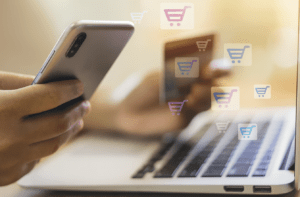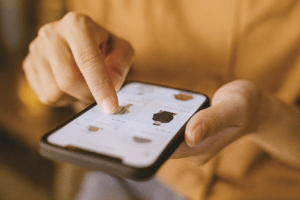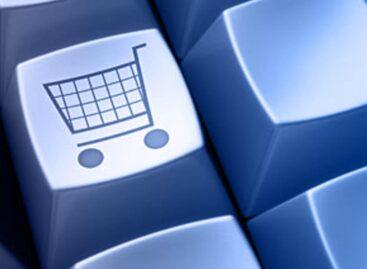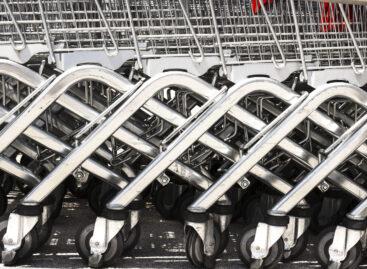Loyalty reloaded – who is going to win the loyalty war in 2025?
Consumer loyalty has never been so volatile and numerous international studies (Salesforce, PwC, McKinsey) warn that trust is quickly undermined by fragmented systems – when CRM, newsletter distribution and loyalty platforms operate separately.
This article is available for reading in Trade magazin 2025/10.
Forrester predicts that brand loyalty will decline by 25%, while consumers will join more and more loyalty programmes – this is called “brand promiscuity”. According to Salesforce, 74% of consumers use multiple channels and expect a consistent experience everywhere.

74 per cent of consumers use multiple channels for their purchases, making a seamless experience a fundamental requirement for maintaining loyalty
When the customer journey falls apart
One of the main reasons for declining loyalty is inconsistent experience. Typical examples include irrelevant discount offers after cancellation or having to explain a complaint again with every call. Forrester has found that 80% of marketing executives manage loyalty programmes, promotions and campaigns in separate databases. Silos fragment the experience: shoppers receive repetitive or contradictory offers, which damages brand perception and return on investment. Most loyalty programmes reward customers with points, coupons and discounts, which work in the short term but they don’t build lasting loyalty. According to Brandmovers, the way forward is relational loyalty: building an emotional connection with the consumer through personalised attention, recognition of preferences and consistent experiences.

76 per cent of shoppers abandon their favorite brand after just one negative experience — loyalty loss is especially rapid on digital channels
The numbers speak for themselves
In the CPG sector figures prove the impact of integrated loyalty programmes. A convenience store brand ran its promotions and loyalty programme separately for a long time, which barely moved shoppers: only 2% participated in them. After the merger programme activity increased tenfold, the number of products on the receipts got seven times bigger, while administrative costs decreased. A unified customer experience can only be achieved by connecting data. Forrester claims that investing in loyalty and marketing integration will triple in the coming months, as brands feel the urgency to retain loyalty. For large companies a fragmented technological environment is a serious challenge.
What is a good loyalty partner like?
A good platform alone isn’t enough for the success of loyalty programmes: choosing the right strategic partner is also pivotal. Hector Pages and Chris Galloway from Brandmovers highlight five factors that companies can use to evaluate who to work with. 1. Technological integration: the loyalty system must fit in with existing CRM, email and sales databases. 2. Flexibility of the reward system, which can offer a wide range of options, from coupons and rebates to experiences offered in collaboration with partners. 3. Connecting with campaigns and promotions: the loyalty programme must reinforce all other marketing activities and give consumers an extra reason to return. 4. Collecting and analysing first-party data, as this provides an accurate understanding based on consumer baskets, invoices or ERP data. 5. Proven results and industry references, which guarantee that the partner is truly capable of solving the challenges of the given company.
Related news
120 million online orders in 2025, 8% domestic and 22% import growth: here is the most comprehensive domestic research on e-commerce
🎧 Hallgasd a cikket: Lejátszás Szünet Folytatás Leállítás Nyelv: Auto…
Read more >The secret currencies of loyalty
🎧 Hallgasd a cikket: Lejátszás Szünet Folytatás Leállítás Nyelv: Auto…
Read more >Cybersecurity investments also concentrate on AI
🎧 Hallgasd a cikket: Lejátszás Szünet Folytatás Leállítás Nyelv: Auto…
Read more >Related news
Christmas shock in commerce: for the first time, we can pay with bank cards in fewer places
🎧 Hallgasd a cikket: Lejátszás Szünet Folytatás Leállítás Nyelv: Auto…
Read more >Hungarian Confectionery Manufacturers Association: trends in 2025 and prospects for 2026
🎧 Hallgasd a cikket: Lejátszás Szünet Folytatás Leállítás Nyelv: Auto…
Read more >Most grocery chains will be open until noon on December 24th
🎧 Hallgasd a cikket: Lejátszás Szünet Folytatás Leállítás Nyelv: Auto…
Read more >






